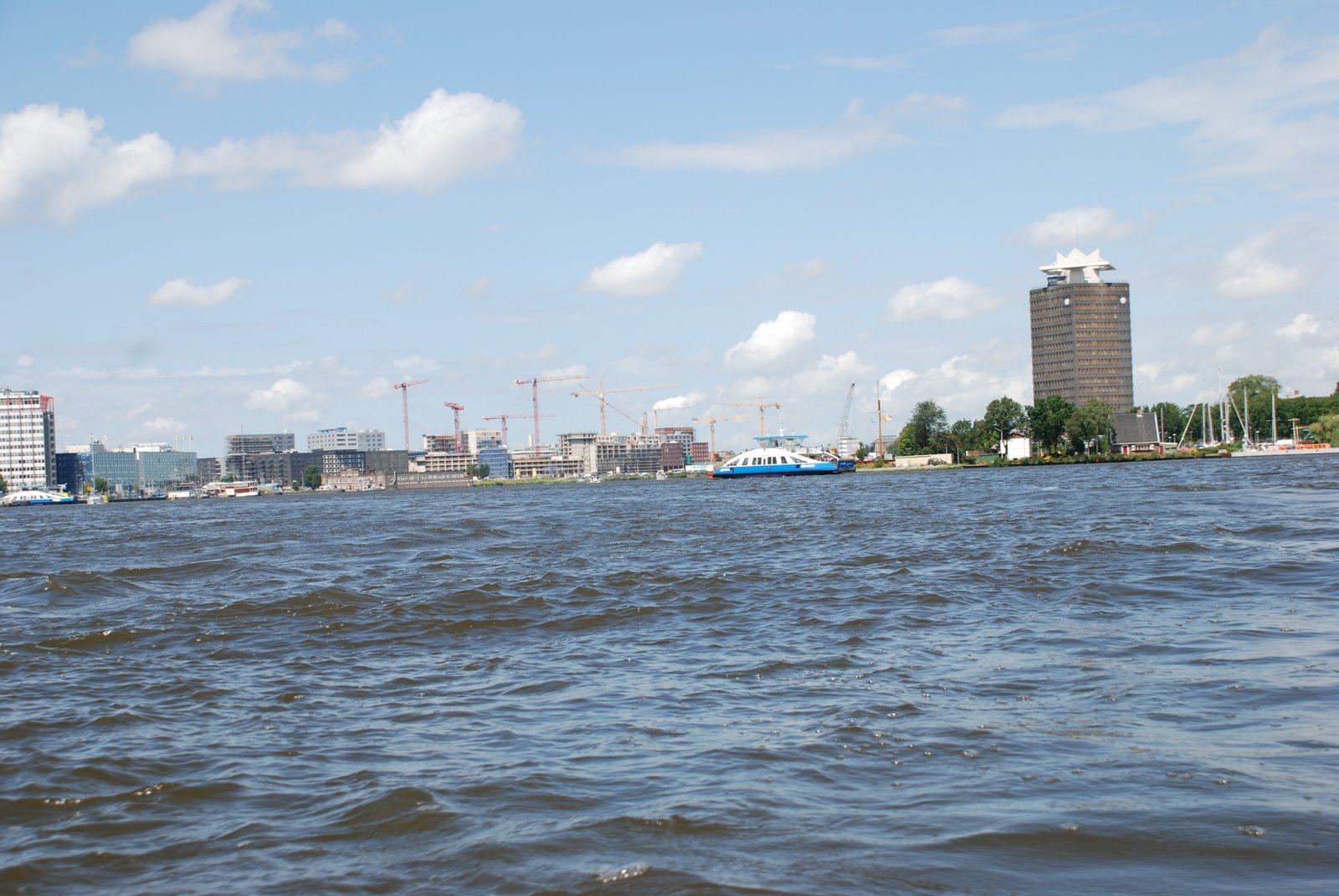Ports of Amsterdam
The Ports of Amsterdam is industrial area very close to the center of Amsterdam. The area is keen to develop and grow, and has many employment opportunities. However, the unemployed people who live in the West of Amsterdam do not want to work within these jobs. This is the core of our problem.
First of all, we need to engage with these people in a meaningful way. A workshop is the best way to do this.
During these workshops we must get lots of key information and gain a clear understanding on many issues. In order for this to be clear, a framework must be devised to enable us to visually see how we are going to go about getting the information. For example, brainstorming sessions, role plays, journey walk -throughs, interviews, question and answer etc...these all need to be well thought out and the physicality of them designed in such a way that they are very easy to understand, clear and simple.
Our aim is to create a vision, a method of how we are going to build this service. A service to encourage people from the New West of Amsterdam to work within the Ports of Amsterdam.
I have only seen this area from car, and through the car windows and the rain it seemed to me to be very dull and grey. The ports don't seem like a place I would like to work either! There are no pathways or bike lanes and the bus stops are very isolated, I imagine it would become rather scary at night time! So what would I need to change this immediate perception?
We need tools to talk to people, to facilitate workshops with over ten people who do not speak any english or dutch. Tricky! Visualisation and communication are key.
What we are trying to acheive must be very clear to us. Why we are doing this? Who are we doing it for? What are the next steps?
We must devise a method to let the workshop participants to express their emotions, being careful not to influence them or force them towards a particular direction. We want to learn about the world around them and give them an opportunity to tell their stories. Most importantly, we must learn to listen properly! and learn from what we hear.
When someone goes on a journey from place A to place B he interacts with many touchpoints. We see, hear and touch many different things.
In creating tools to spark off conversations...we need to know the answers to lots of questions. For example. do the unemployed people I photographed today know where the Ports are in relation to where they live? In this context all information is good information. Realness is what we need, real stories will help us indentify problems and strive to find solutions.
The nice thing about Service Design is that the process forms part of the solution. The solution may be simple, it may be very complex.
There is a strong sense of urgency behind the problem facing us. We also need to think about how to encourage the willingness of politicians and companies to participate in funding etc.
A city provides a service - ultimately it takes care of us, makes us feel safe, looks after our houses, vehicles and pets...
So the people from the western part of the city dont want to work there, can we design a service to change their minds? Design a tool to change their perceptions of the jobs available to them?
Visiting these factories and taking the 'journey to work' myself will play a huge part in enabling me to create solutions for these aspects.
The problem discussed here is not only found in Amsterdam. This problem can be found in other cities such as Rotterdam and Paris. These ports are loosing potentail workforce rapidly!
Finding such a 'real' problem and being given the opportunity to contribute to the solution is very exciting. Designing services offers such a sense of acheivement and reward, as even the littlest change can make a difference to the every day life of others.

